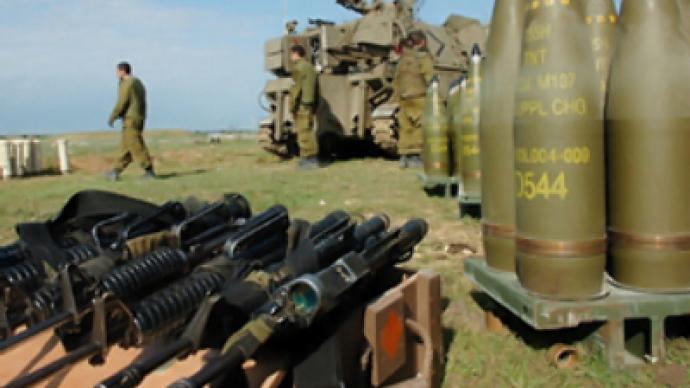Israel: the war for image

The Israeli operation in Gaza is aimed not only at halting rocket fire but, even more ambitiously, to restore the armed forces’ deterrent image dangerously bent out of shape during the 2006 war in Lebanon.
Image is not a cosmetic issue in the Middle East, but an existential issue, particularly for a country like Israel whose obliteration is overtly threatened by Iran and prayed for by many in the region.
The noted Beirut-based British correspondent Robert Fisk referred to the Israel Defense Forces (IDF) last week as “a pretty third-rate army” and Hezbollah leader Hassan Nasrallah has said that Israel was weaker than a “cobweb”.
Such dismissive evaluations are based mainly on Israel’s performance in the 2006 fighting, which it refers to as the Second Lebanese War, but also on its hasty withdrawal from Lebanon in 2000 and its failure to put an end to rocket fire from Gaza over eight years despite periodic incursions.
It was the IDF’s performance on the battlefields of the 1967 Six Day War and the Yom Kippur War of 1973 that won it the grudging respect of its enemies who saw it as a power that could not be defeated. The latter war made perhaps the greater impression since it was the Arabs who had the surprise, catching Israel in a two-front war with its reserves immobilized. In one of the most remarkable turnabouts in military history, the IDF rallied and ended the war on the roads to Damascus and Cairo. Israel’s rescue of hijacked air passengers in Entebbe, Uganda in 1976 and other commando operations added to its image. This eventually led to peace treaties with Israel’s most formidable neighbour, Egypt, and with Jordan, as well as diplomatic or informal contacts with numerous other Moslem countries.
Israel found it more difficult subduing guerillas, especially the formidable Hezbollah led by Nasrallah. With Hamas’ seizure of control in the Gaza Strip, it became apparent that Israel was facing not just two tough local militias but the tentacles of a regional superpower, Iran, which was not only dedicated to Israel’s destruction but also moving towards the development of nuclear weapons.
Israel did not regard itself as a paper tiger in the wake of the Second Lebanese War, despite its missteps, but it felt humbled. It also realized that the region was losing respect for its strength and that this could invite challenges. The reasons for the war’s errors were quickly assessed. The army’s principal operational duties for years had been focused on suppressing the Palestinian uprising and professional training had been neglected. Many reserve tank units had not trained in tanks for years, carrying out their reserve stints in policing duties on the West Bank or Gaza. The chief of staff at the time of the war was an Air Force pilot, Gen. Dan Halutz, who had been appointed with the belief that Israel’s principal strategic focus should be on a possible clash with Iran in which the air force would play the lead role. His performance in the war would be widely faulted by retired generals and within the army. Above all, the Israeli government had rushed into the war within hours of an ambush on the Lebanese border without the ground forces being prepared.
In the two years since then, the army has trained intensively for a variety of scenarios under a new chief of staff, Lt. Gen. Gabi Ashkenazi, an infantryman, and the mistakes of the Lebanese war have been closely addressed.
As Ashkenazi ordered the troops into the Gaza Strip after dark on Saturday, senior officers said that the operation would be “aggressive” and would use massive firepower. This clearly meant that the army was prepared to inflict casualties and take casualties. In the previous few days, the IDF demonstrated that it was taking its gloves off by bombing an apartment of a senior Hamas leader even though his family was with him and by bombing mosques known to be Hamas control centers and rocket depots. In briefing the troops, officers stressed that the attack must be pressed without hesitation. The message was that what was at stake was not just rockets but the way Israel’s image in the eyes of its enemies and its own eyes.
The desired image had been expressed by Israel’s previous Air Force commander, Gen. Eliezer Shkedy, when asked what message he would like to send to Iran. He replied “Don’t mess with us”.
Abraham Rabinovich for RT












